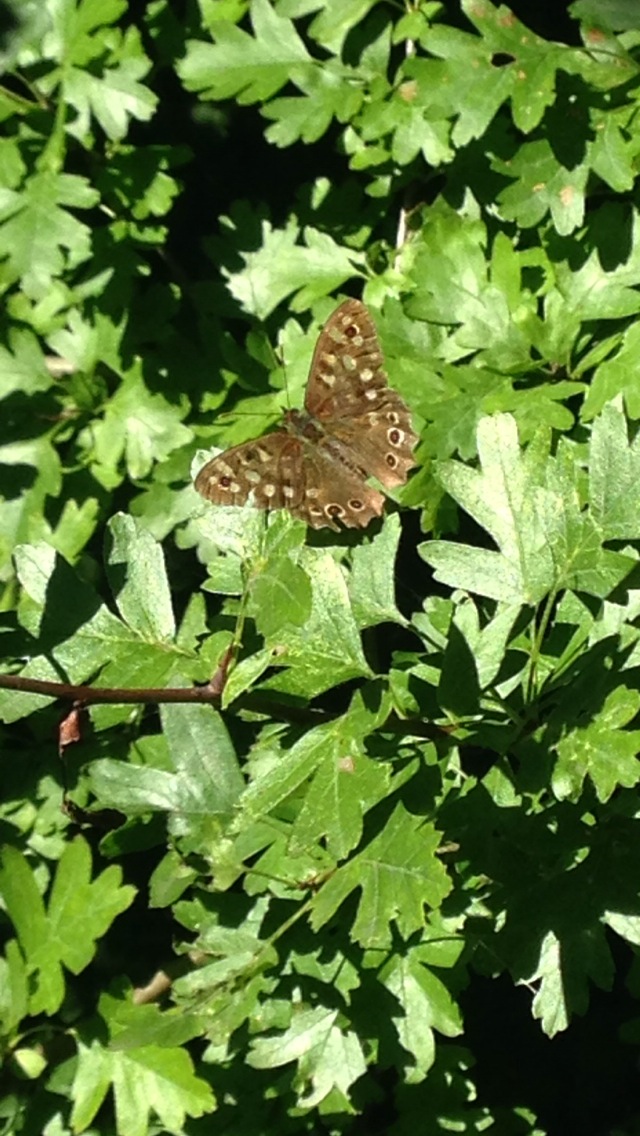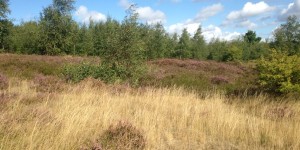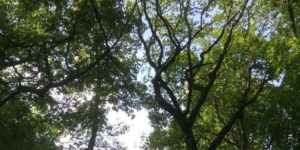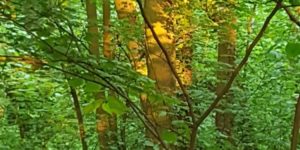
 (Local volunteers at Littleworth Park on Friday 28th August 2015)
(Local volunteers at Littleworth Park on Friday 28th August 2015)
The surveys are designed to be accessible and user-friendly so that everyone can get involved in the recording and monitoring of iconic species, such as butterflies and bumblebees.There are a number of surveys which can be carried out and we would recommend submitting local sightings to your local records centre in the first instance, as each Borough council is likely to have one. In addition, there are also a number of national monitoring schemes, such as the Big Butterfly Count., that have separate recording forms and ID guidance available online
Phoenix Park and Littleworth Park were selected as two initial priority sites for community engagement and survey, following extensive research and liaison with the local ecological records centre and the mining advisory service for South Yorkshire (SYMAS). Forming a list of 24 key colliery sites to be explored throughout the course of the DVLP. Each of the sites have been monitored on a monthly basis (Weather dependant) by OPAL and DVLP staff, and more recently a number of local volunteers from the surrounding area. It is hoped these volunteers will continue to monitor such sites on a regular basis and encourage others from the local community to do the same and more actively use and engage with the sites.
(Grassland at Littleworth Park)
Friday morning started off with Littleworth park following a set circular route planned prior to survey , with designated recording points along the transect. The sun was shinning and the wind was low, we decided to set off around 10 am giving the site time to warm up a little for the butterflies, accompanied by 4 volunteers.
(Roseanna from the DVLP team leading volunteers on site)
In total we recorded 33 butterflies on our walk, including 7 different species, the most abundant been the Meadow Brown (Maniola jurtina), which isn’t surprising given the diversity of grasses that the site supports as key food plants for this species, amongst a number of others, along with pink blankets of heather. The site is particularly important for nature conservation as it supports one of the best examples of lowland heathland in the area, a national and local priority habitat, which supports a high diversity of wildlife, most notably invertebrates.
(Heathland at Littleworth Park)
Later in the day the survey team headed to Phoenix Park to do the same around the site, following the usual transect route. Unfortunately the weather wasn’t on our side, taking a turn for the worse 20 minutes into the survey, with heavy showers and strong winds. However, despite these un-favourable conditions we did manage to record a few species before the downpours, including a total of 15 butterflies with 4 different species, most notably the common blue butterfly (Polyommatus icarus).
All in all we didn’t have a bad day surveying, given the weather constraints, the records will now be submitted to the local records centre and hopefully used to inform better management on site to preserve and protect such species and sites in the future.
Unfortunately surveying is very much weather dependant which can make it hard for organising days in advance, therefore if you are interested please sign up to our DVLP newsletter to be sent notifications of up-coming survey events you can join. In addition follow us on Twitter at @discoverdearne and find us on Facebook at Dearne Valley Landscape Partnership (DVLP) for regular updates on surveying, training and future events.
If you have any sightings you would like to submit please pass them on to your local records centre, which can be fou HERE. The greater records we have the more we can do to conserve and protect our local wildlife.
Locations in the Dearne
This event can be found at the following locations:












